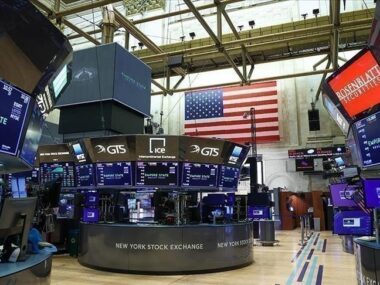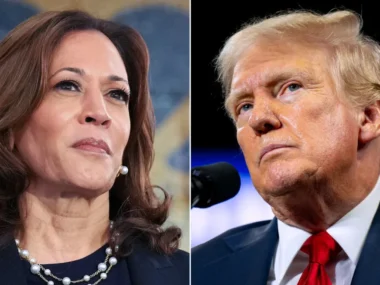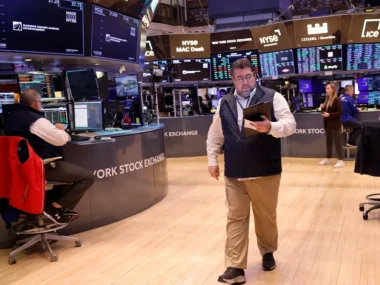In December, Americans increased their spending at a faster rate, concluding a year marked by surprising economic resilience, mainly driven by the U.S. consumer.
According to the Commerce Department’s report on Wednesday, spending at U.S. retailers saw a 0.6% rise in December compared to the previous month. This growth was notably stronger than the 0.3% increase seen in November and exceeded economists’ expectations. It’s important to note that retail sales are adjusted for seasonal variations but not for inflation.
Among the categories, department store sales saw the most significant increase, surging by 3% in December. Spending at car dealerships, clothing stores, and online retailers also experienced robust growth last month. These latest figures indicate a successful holiday shopping season for American retailers.
However, sales at gas stations, furniture stores, and personal-care shops declined in December.
Consumer spending is closely tied to the labor market’s health, and this report aligns with government data showing continued solid job growth last month, with the unemployment rate remaining low at 3.7%. Additionally, U.S. consumers have been accumulating debt over the past year.
The strong retail sales figures for December suggest that American shoppers may continue to drive the U.S. economy in 2024, although economists anticipate that hiring and spending will likely proceed at a slower pace compared to the previous year.
The economy is decelerating, but there are no evident indicators of an imminent recession.
The consensus is that the U.S. economy is expected to gradually cool down this year but is unlikely to experience a severe downturn. Wells Fargo economists have recently updated their economic forecast to project continued growth over the next two years rather than a recession.
They stated, “In the spirit of John Maynard Keynes, the facts have compelled us to change our minds,” and now anticipate the U.S. economy to keep expanding throughout their forecast period, which extends until the end of 2025. The Federal Reserve has raised interest rates to their highest level in 23 years to combat high inflation, and they have made notable progress in curbing price increases.
With the economy remaining stable and inflation slowing down, the Federal Reserve is close to achieving the seemingly challenging task of hitting its 2% inflation target without causing a sharp rise in unemployment, known as a “soft landing.”
David Russell, global head of market strategy at TradeStation, expressed that a recession appears increasingly unlikely, especially in light of retail sales surpassing estimates for six consecutive months. A “soft landing” scenario seems to be emerging, as consumer spending, which constitutes a significant portion of the U.S. economy, continues to be robust. As long as the job market remains healthy, American consumers are likely to maintain their spending capacity.
Interest rate reductions may not be as imminent as some investors believe.
Federal Reserve officials are primarily focused on monitoring inflation metrics but also closely observe various aspects of the economy, including job openings, wage growth, consumer spending, and overall economic expansion.
They have expressed the need for both the labor market and the broader economy to cool further to have confidence that inflation is heading towards the desired 2% target. Consequently, if economic data turns out to be stronger than expected, it could complicate the Federal Reserve’s ongoing efforts to combat inflation. This suggests that rate cuts, which some investors anticipate to begin in March, might not occur as soon as expected.
Fed Governor Christopher Waller, speaking at an event hosted by the Brookings Institution, outlined potential risks that could delay or alter his expectation of rate cuts in the coming year. These risks include a lack of moderation in economic activity in the fourth quarter of 2023, a reversal or stagnation in the labor market’s supply and demand balance, and the possibility of inflation gains diminishing.
Despite some recent moderation in inflation, the Federal Reserve does not appear entirely convinced that inflation is definitively on track to reach 2%. Waller emphasized the need for a methodical and careful approach when the Fed eventually decides to implement rate cuts, given the current favorable state of economic activity and labor markets.
He stated, “With economic activity and labor markets in good shape and inflation coming down gradually to 2 percent, I see no reason to move as quickly or cut as rapidly as in the past.”











